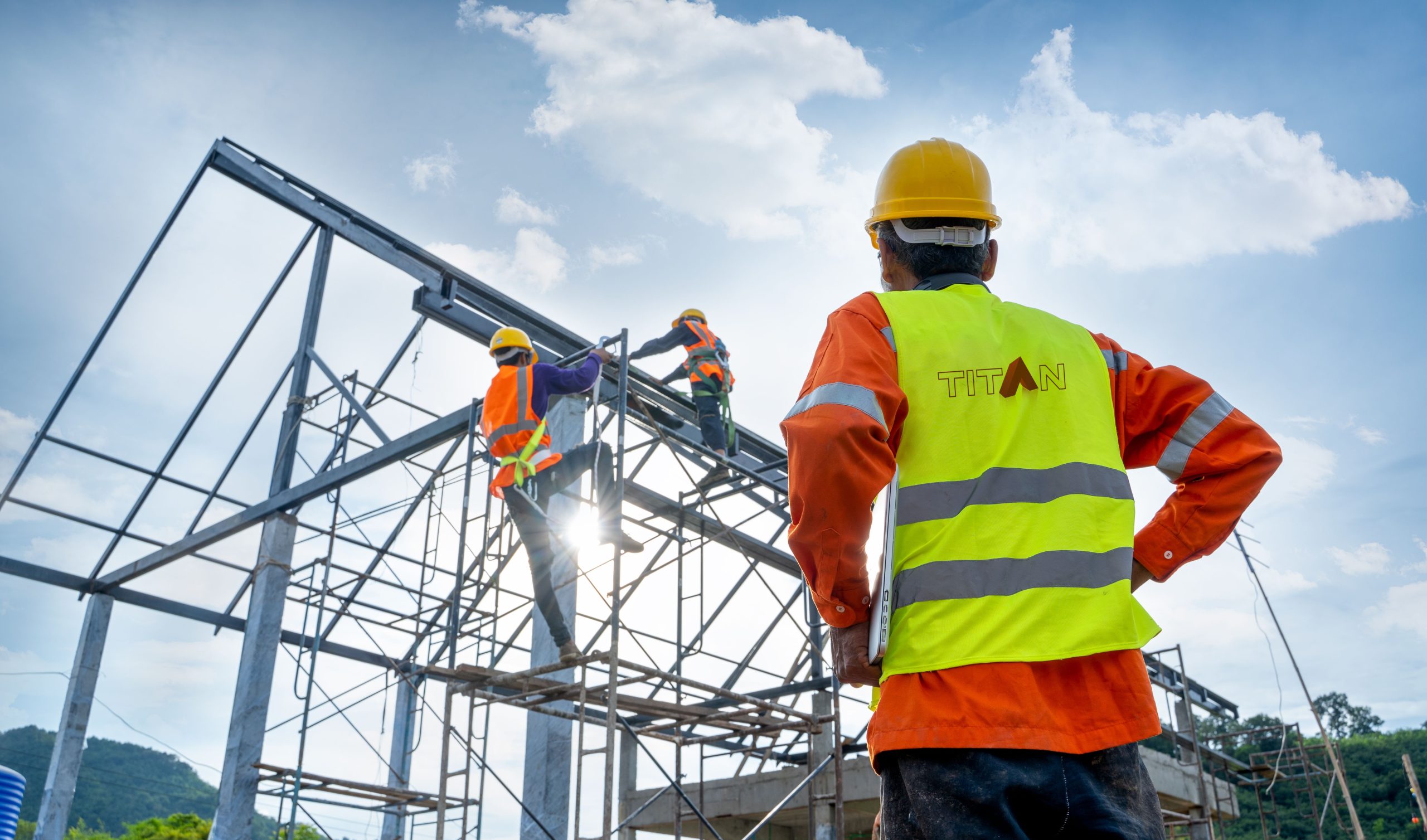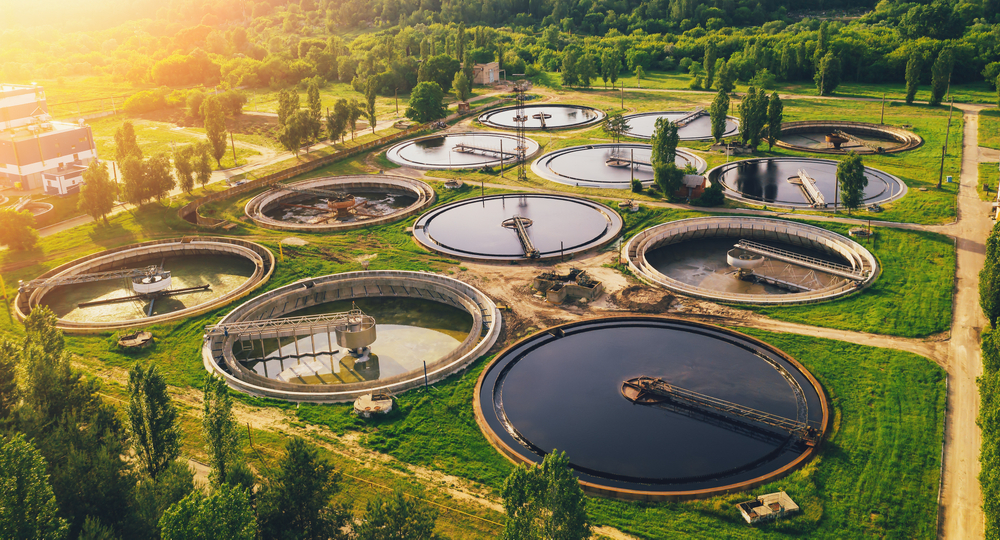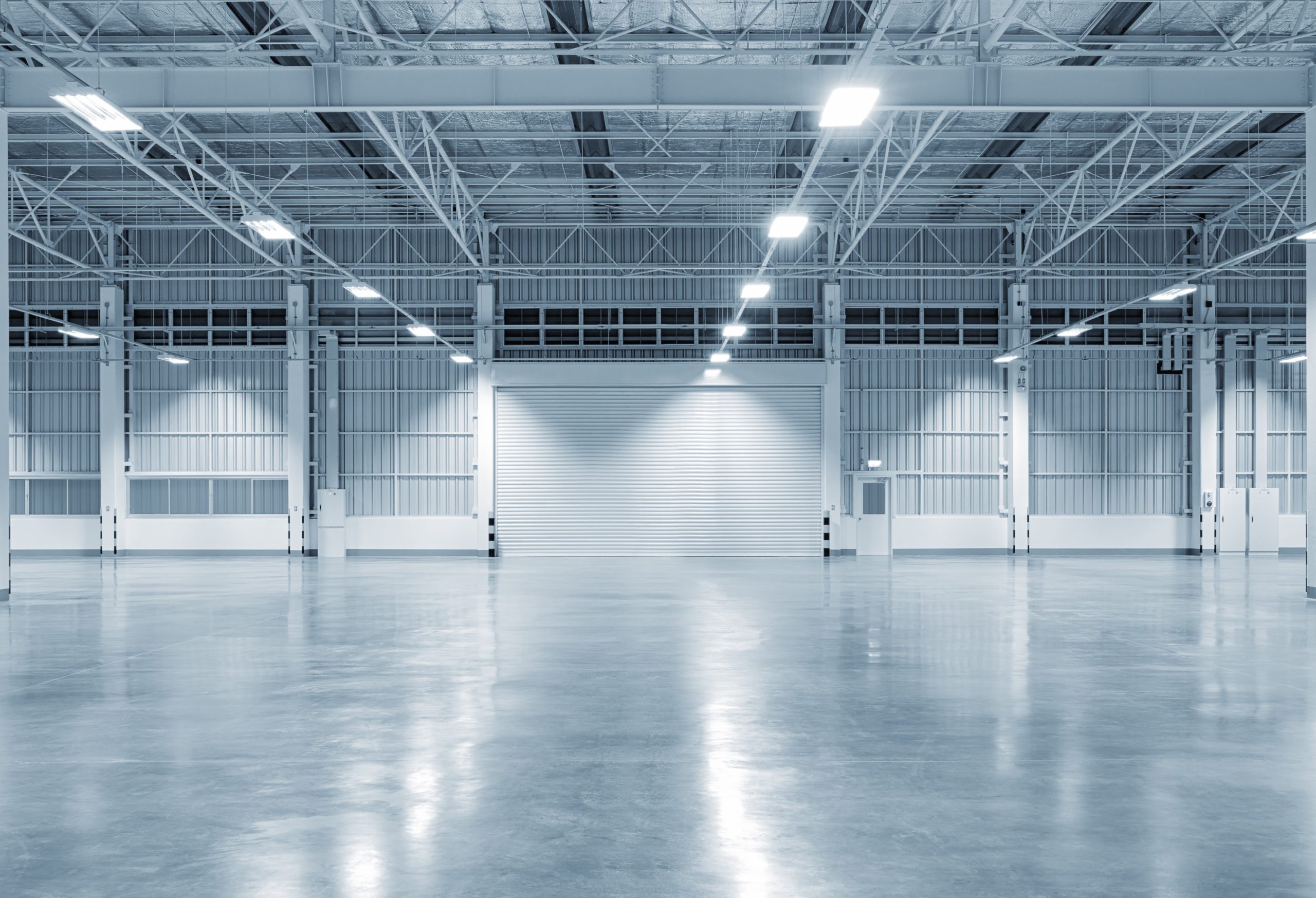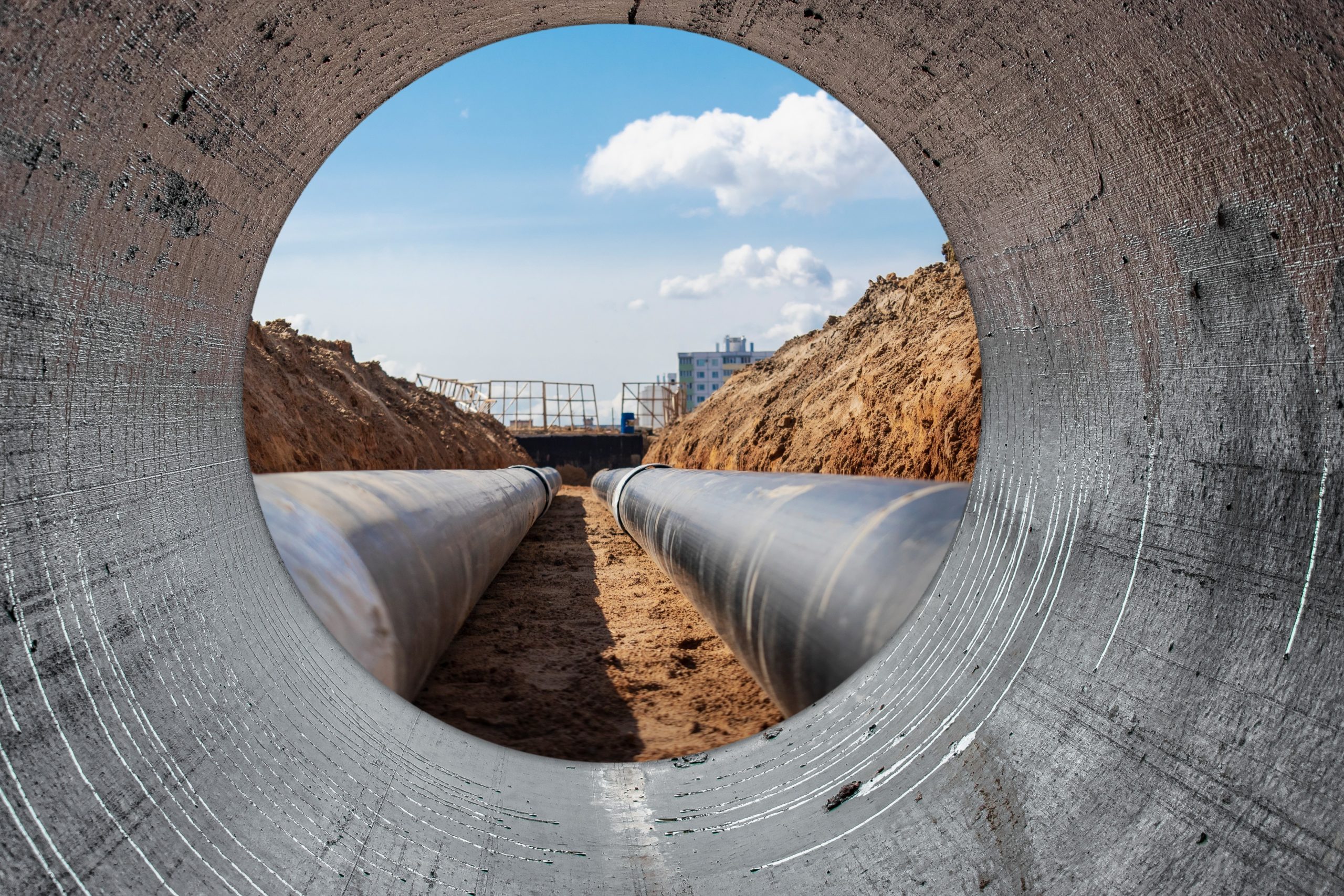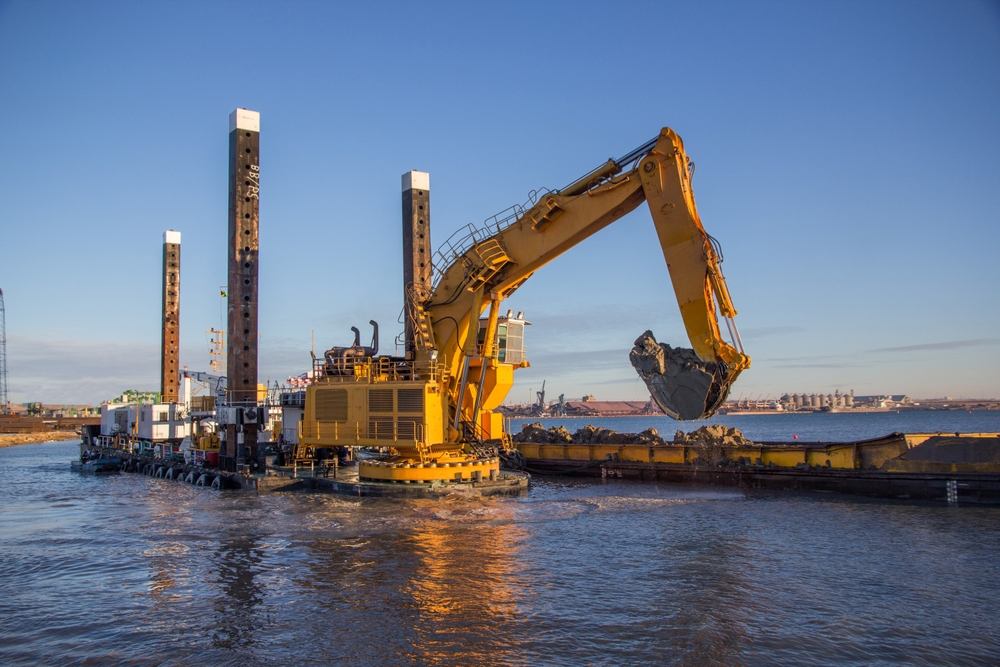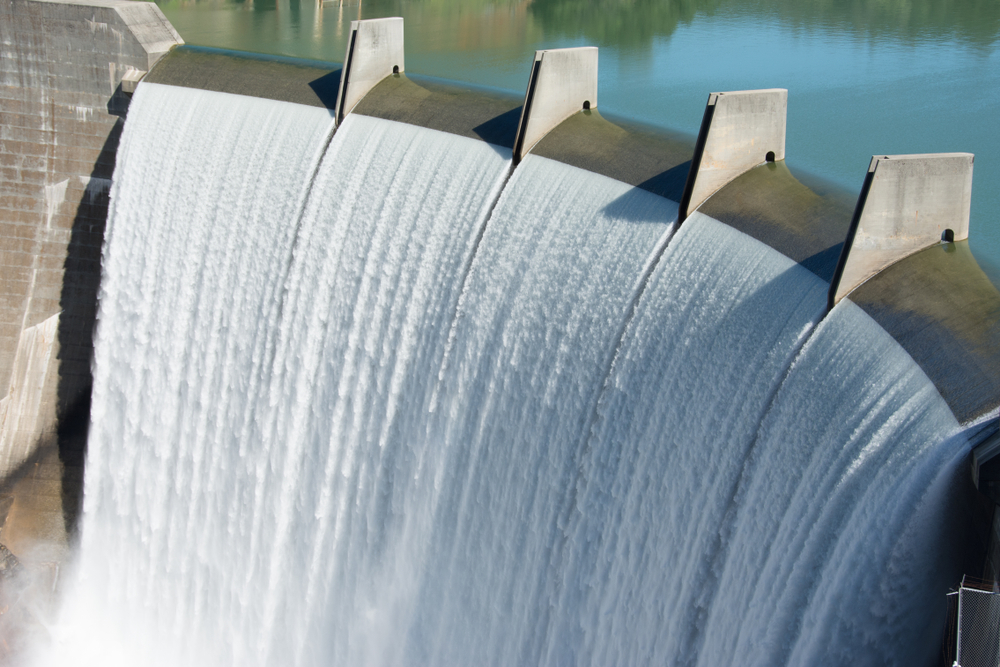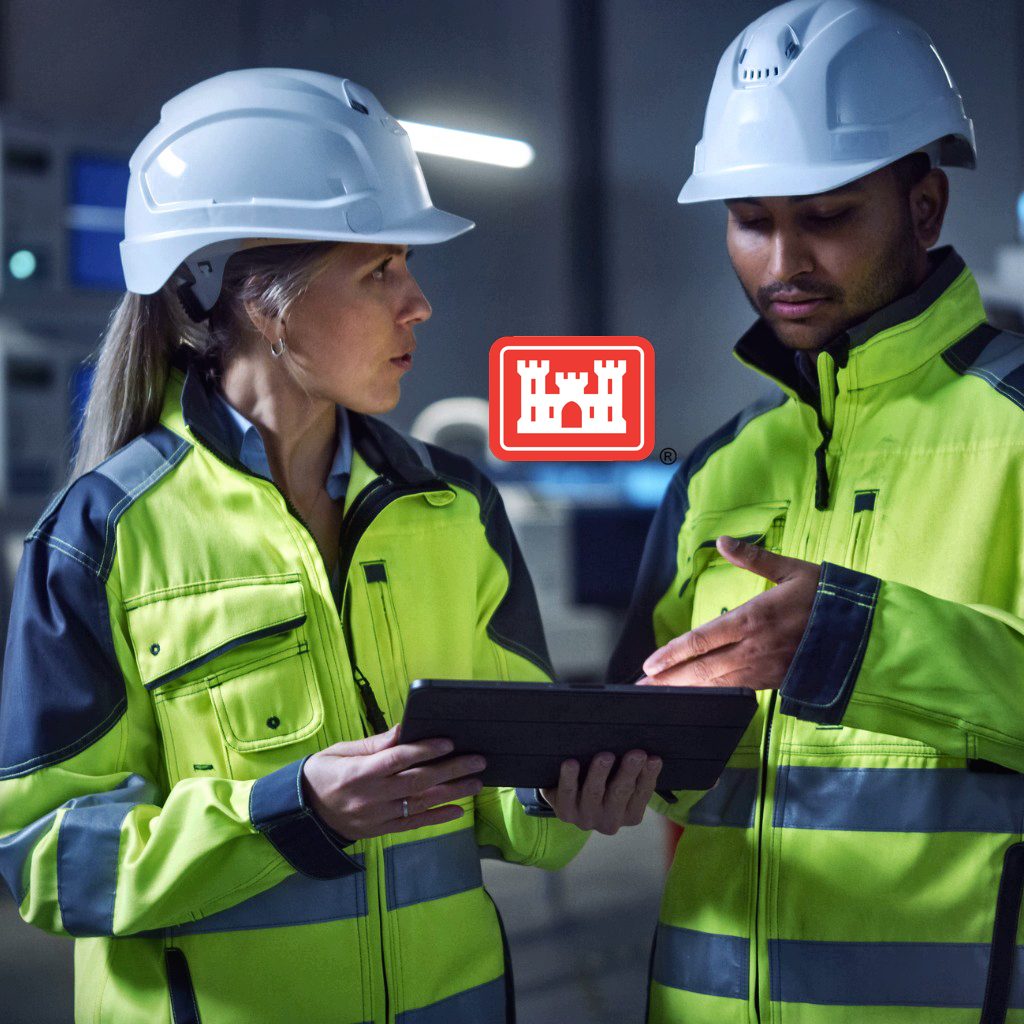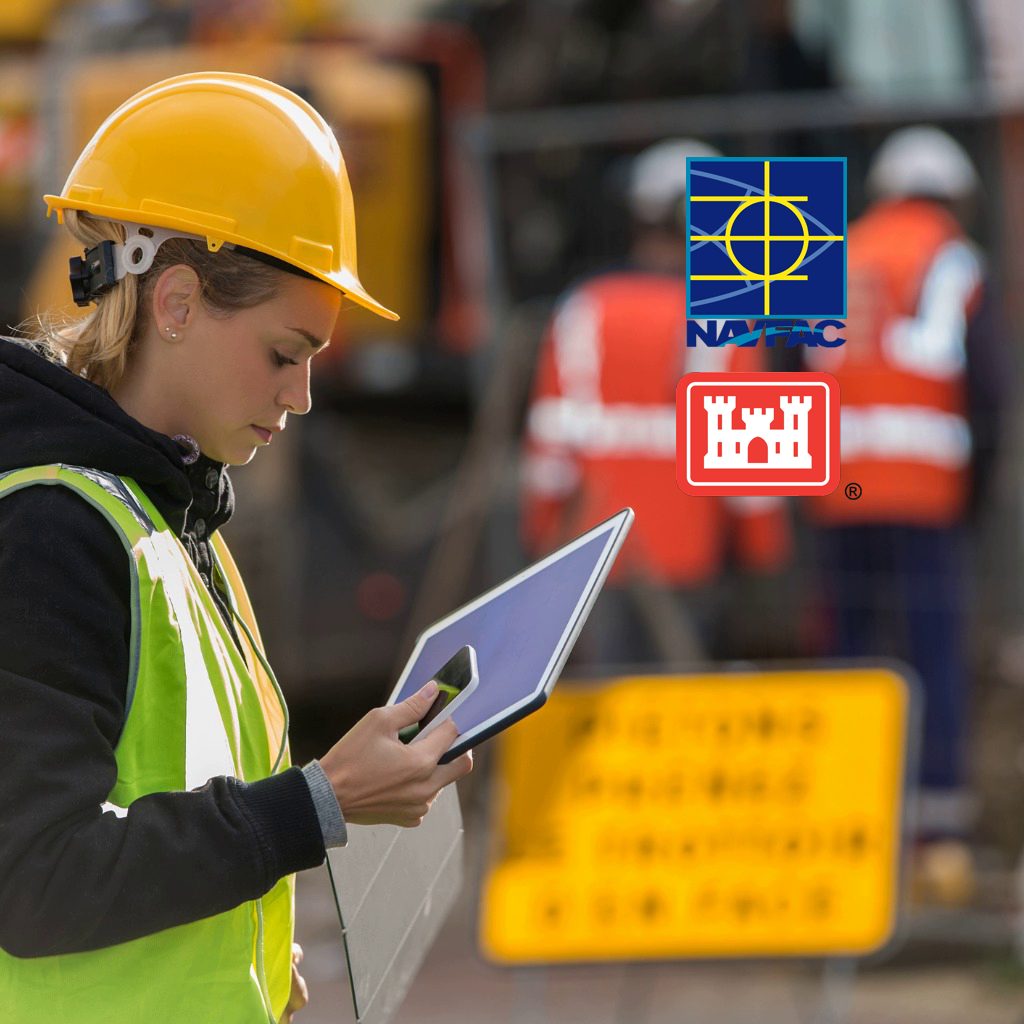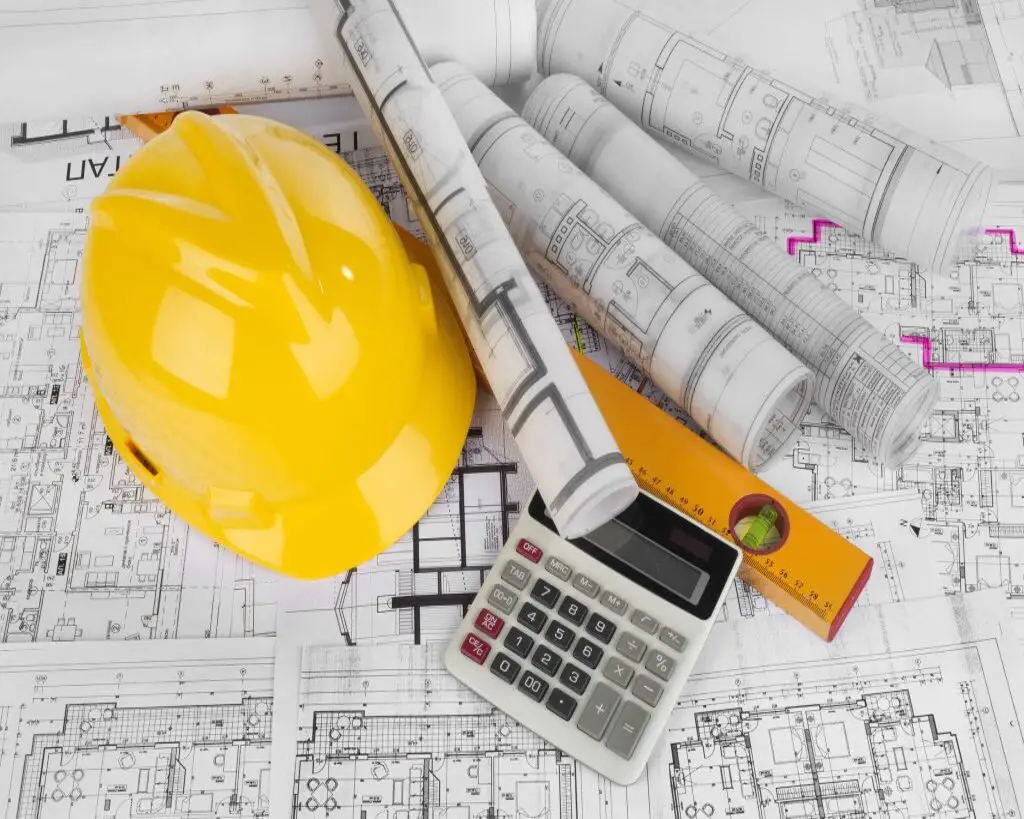SITE SAFETY & HEALTH OFFICERS IN CA

Construction sites are hazardous and can be fatal if not taken care of. Construction workers need to be aware of the safety hazards while on the job site.
Construction safety is important because it can save lives. If workers are not aware of the dangers that might await them in a construction site, they risk getting injured or dying.
The Division of Occupational Safety and Health (DOSH) is a California state agency that protects and improves the health and safety of workers.
The Division of Occupational Safety and Health (DOSH) has been protecting California’s workers since 1971. The agency’s mission is to protect all workers’ health, safety, and welfare in California by enforcing laws, standards, and regulations.
The Division of Occupational Safety and Health (DOSH), better known as Cal/OSHA, protects and improves the health and safety of California workers. Cal/OSHA is governed by the Department of Industrial Relations (DIR). The DIR has several divisions that work on different aspects of California’s labor laws. The Division of Occupational Safety and Health (DOSH) enforces safety regulations.
- Overseeing the safety of all construction projects.
- Ensuring that all aspects of safety are followed, such as OSHA regulations and other standards.
- Checking for hazards and risks to workers and the public.
- Conducting inspections.
- Documenting findings in reports and logs.
- Training construction workers on how to stay safe on the job site.
- Conducting investigations into accidents or incidents related to construction sites.
FAQS
Construction is a dangerous job, and workers need to take precautions. Construction sites are full of heavy machinery, high voltage wires, building materials, and people. If you're not careful about your safety, you could be seriously injured.
Here are some ways construction workers protect their own safety:
- Always wear the appropriate protective equipment.
- Don't work in unsafe conditions, such as by a high voltage wire or around exposed nails.
- Avoid working after dark.
To provide fall protection for employees in the general industry, the Division of Occupational Safety and Health (DOSH), also known as Cal/OSHA, has adopted the American National Standard for Personal Protection-Fall Protection Systems, ANSI Z307.1-2009.
This standard establishes the types and classifications of fall protection systems;
- Minimum requirements for design, construction, inspection, and testing of personal fall protection systems.
- Qualifications and responsibilities of the person responsible for design or construction.



